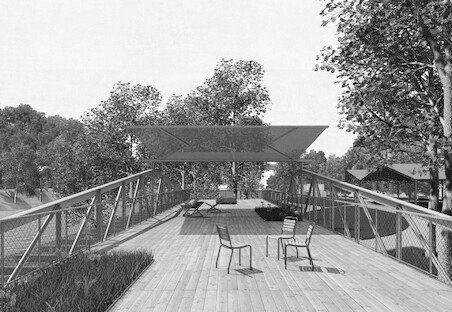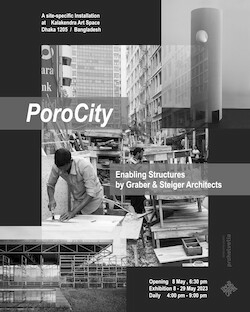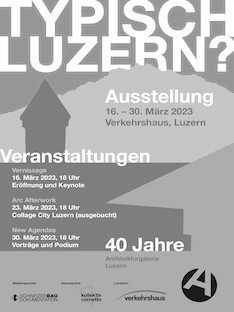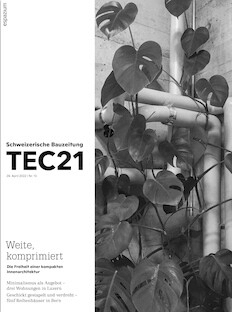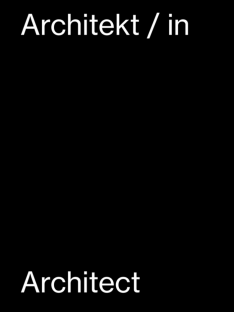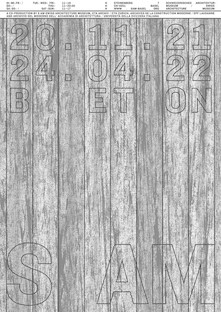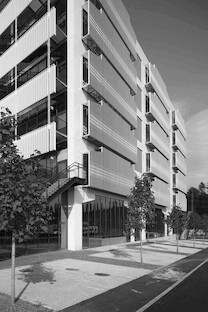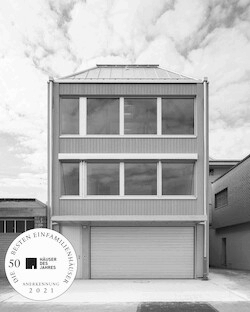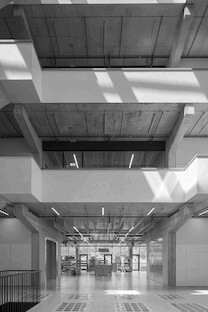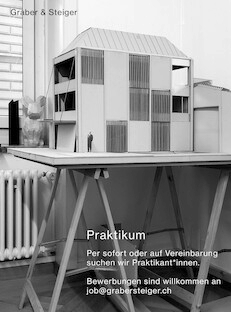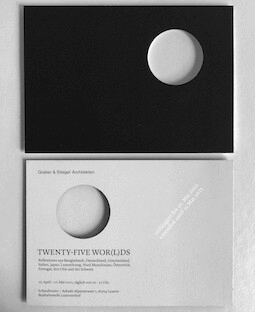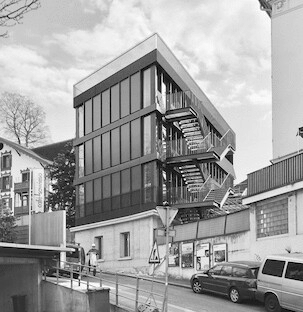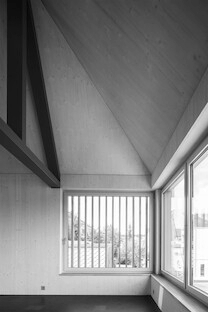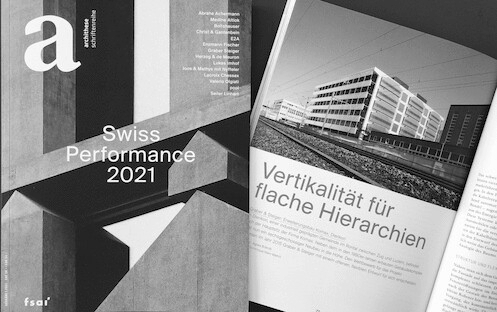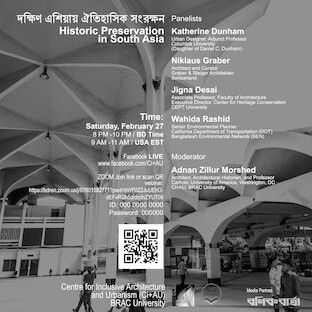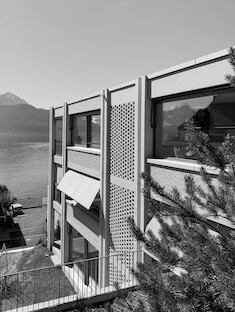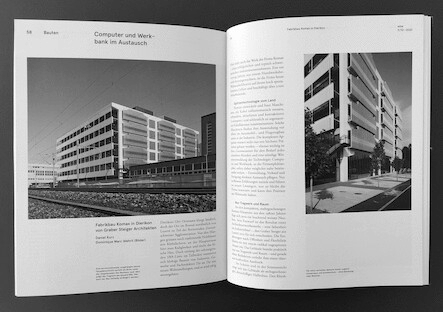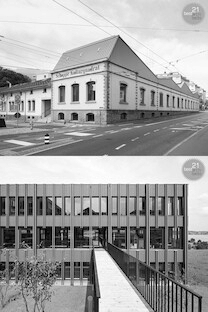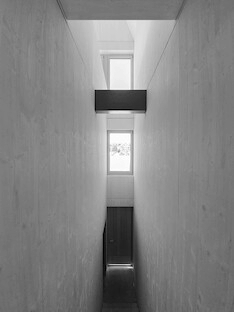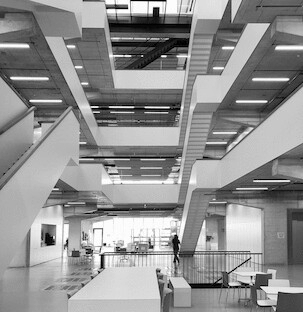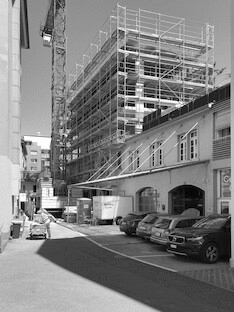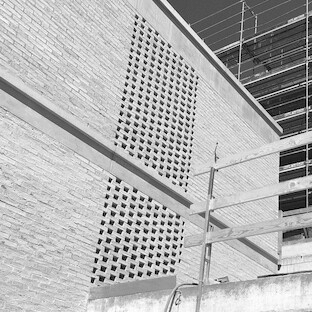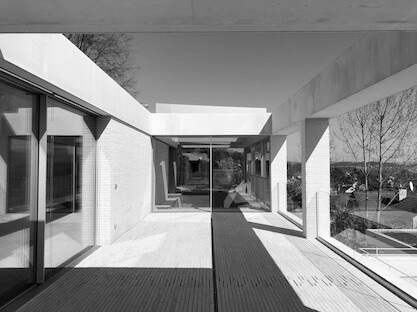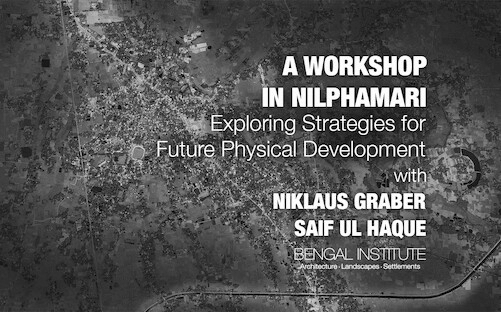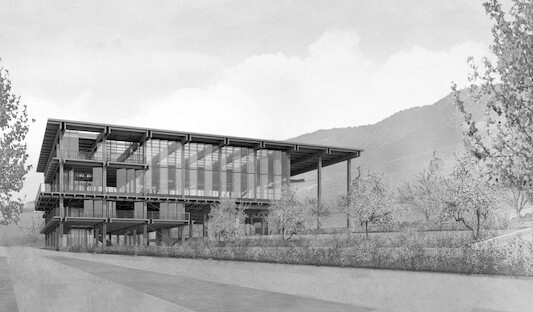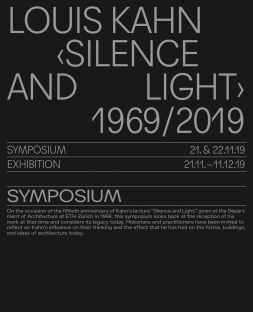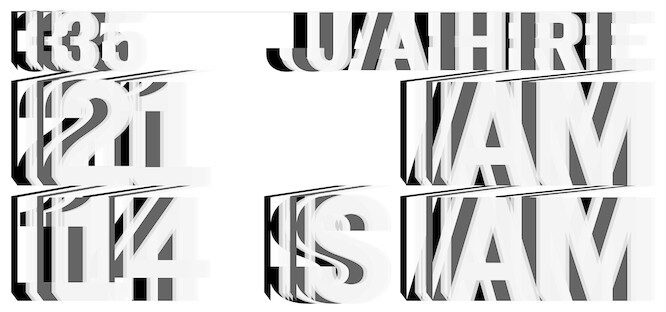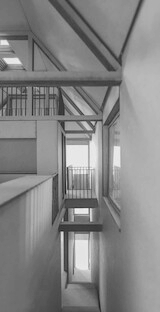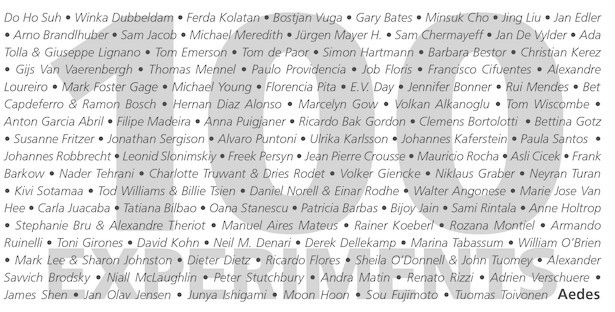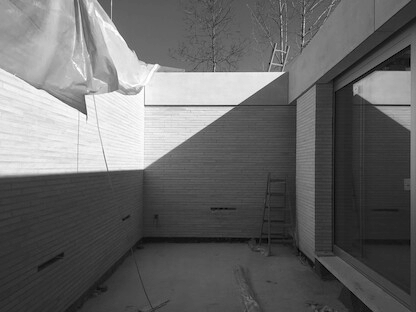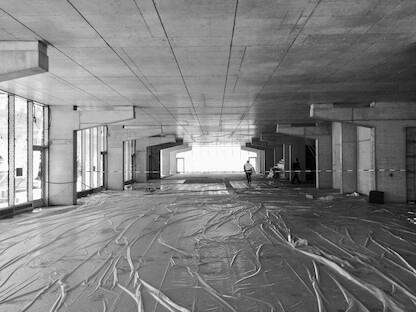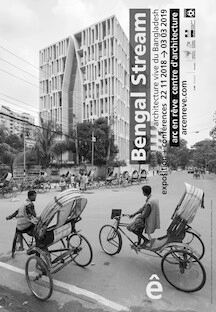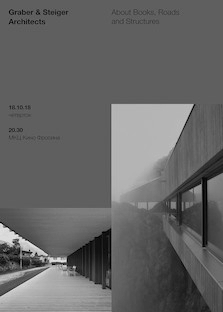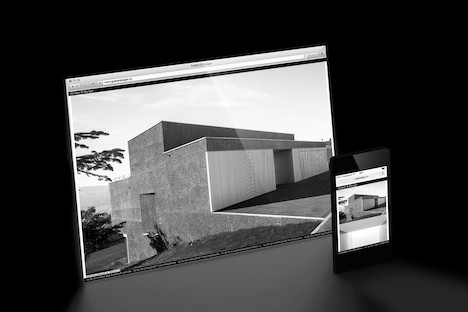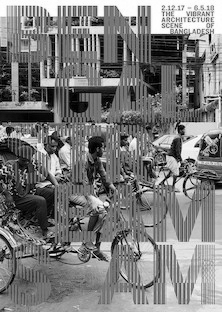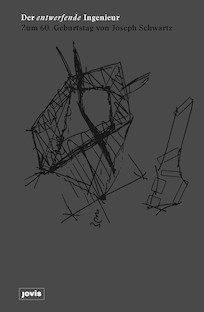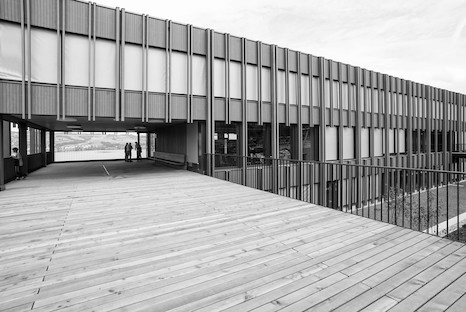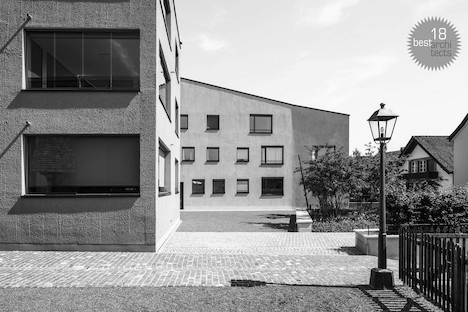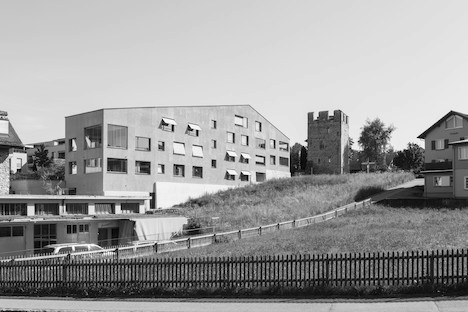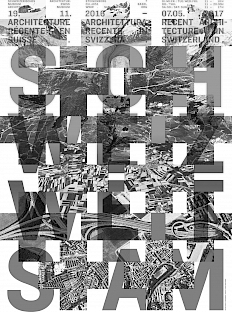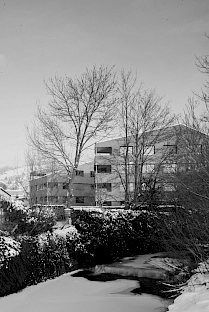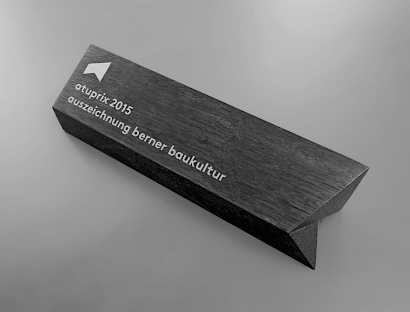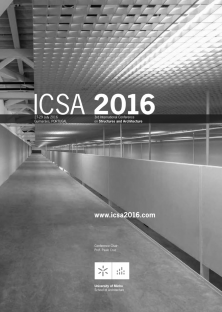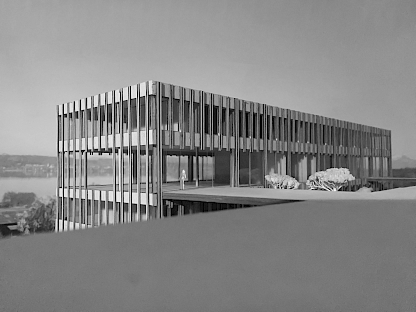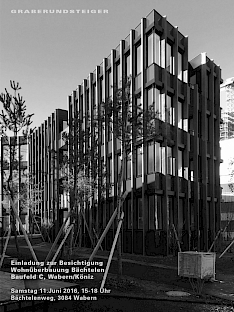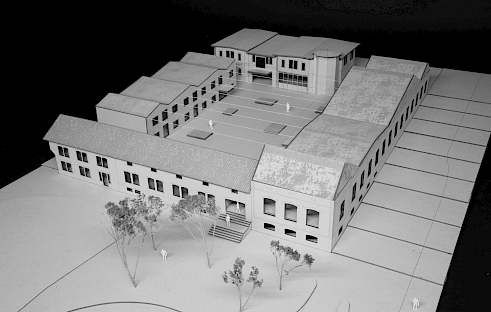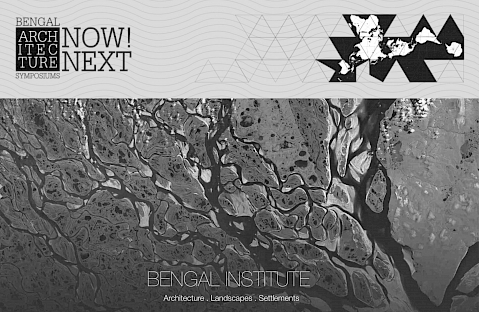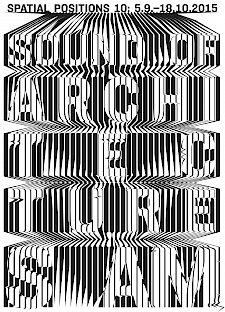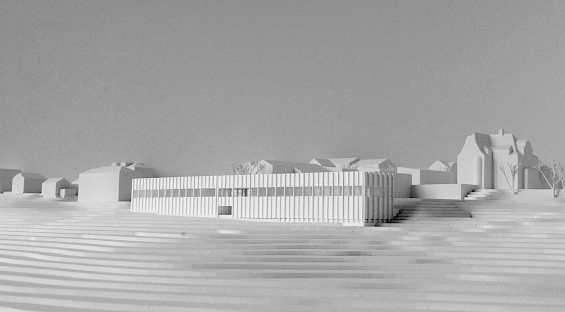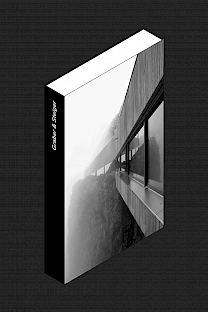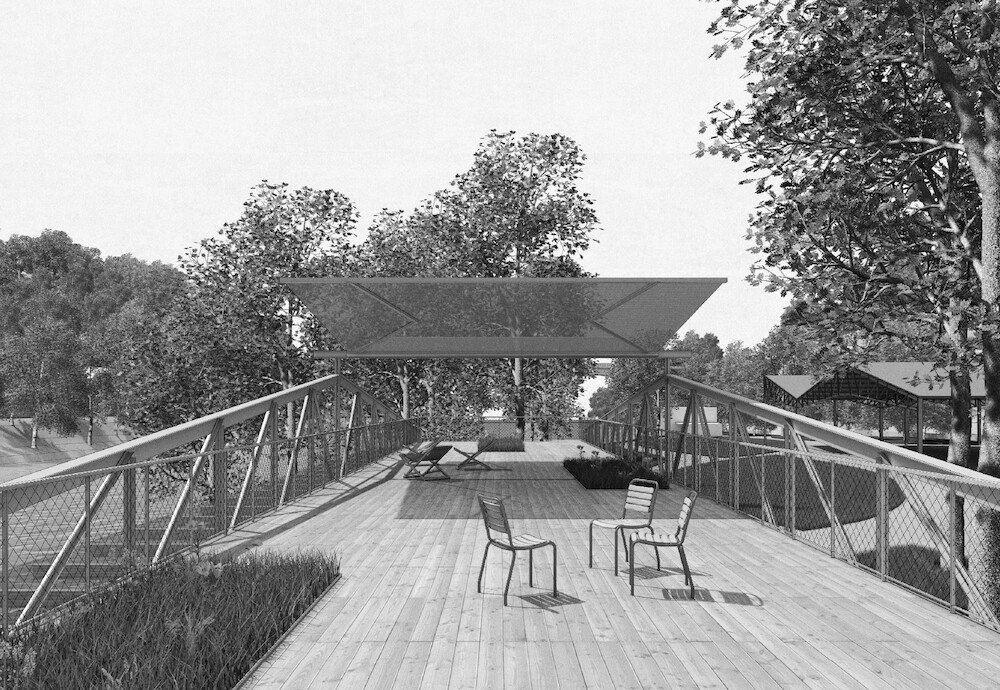- BuildingsMixed-Use Conversion Denkmalstrasse Lucerne
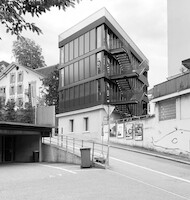
- Vertical Factory Komax AG
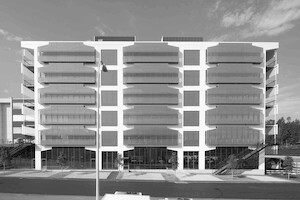
- Plant Manager's Home
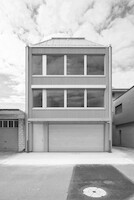
- Cultural youth centre Schappe Süd
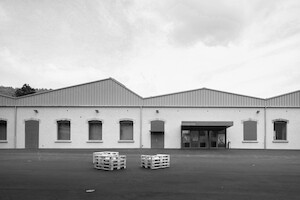
- Primary school
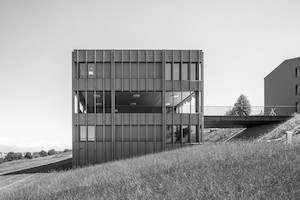
- Residential building Mühle
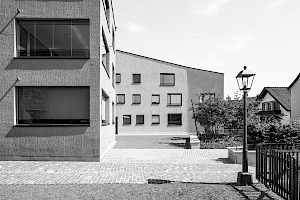
- Residential building in a tree grove
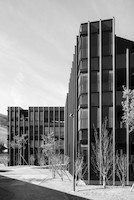
- Extension for the Thun Panorama
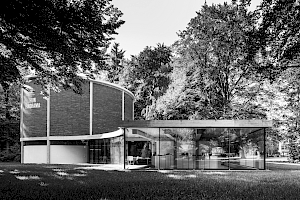
- Single-family home W
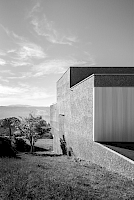
- New replacement building Bühlegg
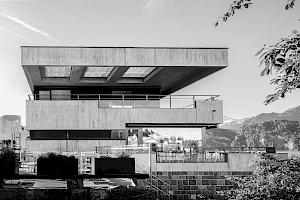
- Stahlton Bauteile AG office building
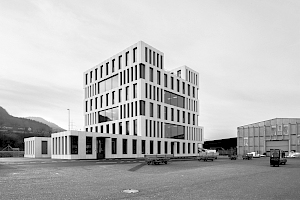
- AWZ housing
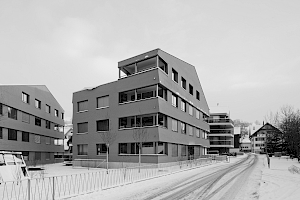
- Uri curative education centre
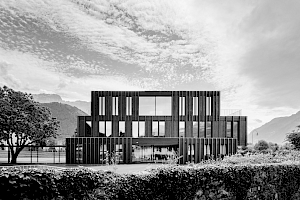
- Pilatus Kulm panorama gallery
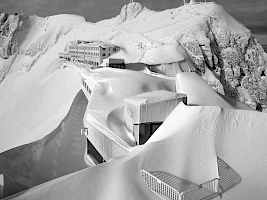
- Villa by Lake Zug
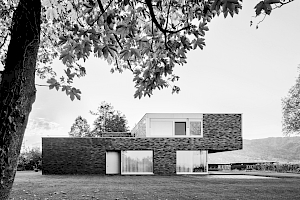
- Villa by Lake Lucerne
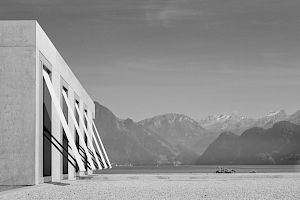
- Window factory extension
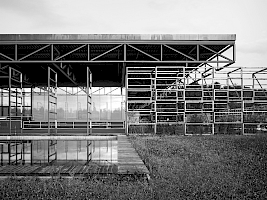
- Single-family house in Ermensee
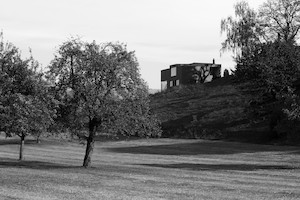
- Residential and commercial building
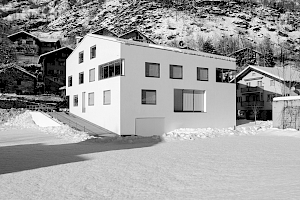
- Sports and multifunctional hall
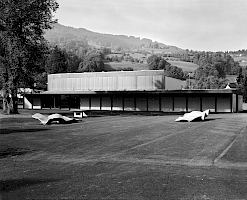
- Municipal centre / Raiffeisenbank
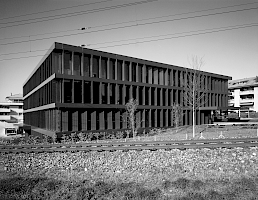
- Obermarch school centre
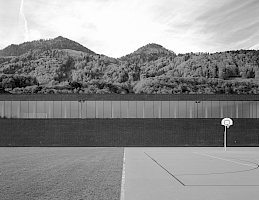
- Stucki single-family home
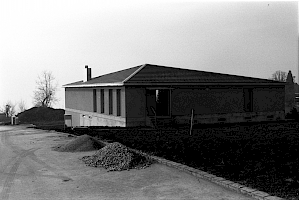
- ProjectsNew Lucerne Theater
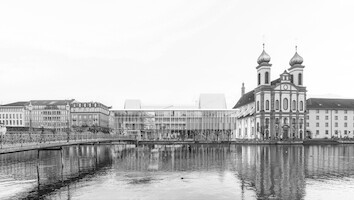
- «Paradies» residential buildings
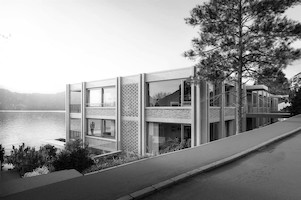
- Tivoli lake restaurant and yacht club
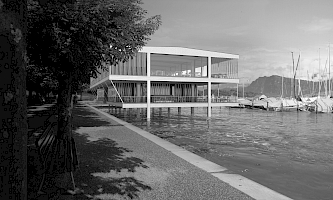
- Transportation headquarter
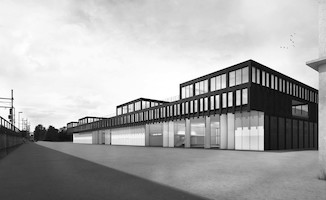
- Lakeside residence
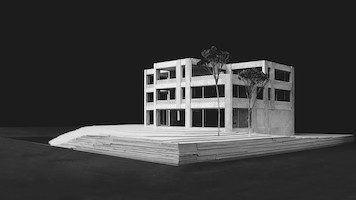
- Car park with exhibition hall
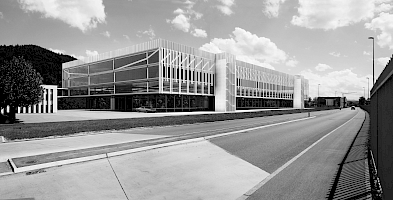
- Silo tower

- Rowing centre Rotsee
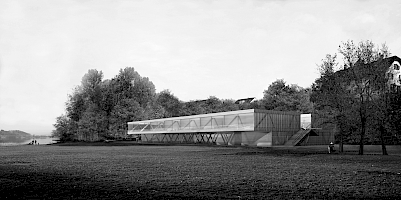
- Refuse incineration plant
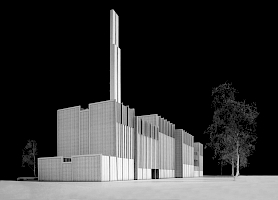
- Recycling centre
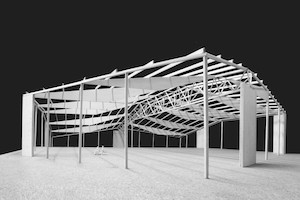
- Exhibition halls Allmend
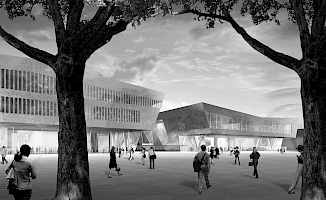
- Art Museum Schlossberg
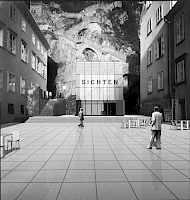
- Place of contemplation
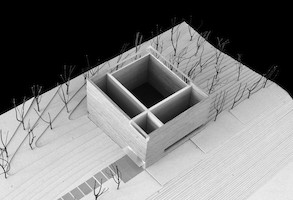
- PublicationsBuildings and Projects
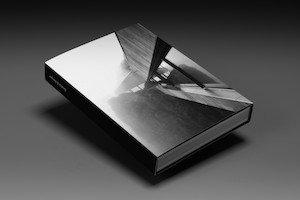
- Window factory extension
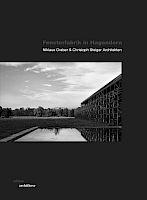
- Niklaus Graber & Christoph Steiger Anthologie Bd. 1
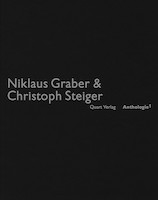
Vertical Factory Komax AG
| Location | Dierikon LU |
| Client | Komax AG |
| Commission | Study competition on invitation 2015 |
| Planning | 2015–2017 |
| Construction | 2017–2020 |
| Architects | Graber & Steiger Architekten, Project Architect: Urs Schmid |
| Consultants | Project Manager: Büro für Bauökonomie, Structural engineer: Dr. Schwartz Consulting, Mechanical Engineer: Peter Berchtold Engineering, Electrical Engineer: Scherler AG, Façade engineering: Metallprojekt GmbH, Fire protection engineering: Swissi, Building physicist: RSP AG |
As one of the first production buildings in Switzerland designed consistently vertical and according to the premises of Industry 4.0, the extention of the headquarters of Komax AG exemplifies how the imperative for an indispensable densification can also be implemented in industrial sites.
Research, production and administration are united under one roof on 6 vertically stacked platforms, which significantly promotes the informal transfer of know-how. Thanks to a permeable spatial concept, flat operational hierarchies can develop across floors and increase productivity. The usual distinction between production and office floor has been abolished, and everything can take place independently of the floor. The spatial concept, the load-bearing structure and the circulation concept meet the current requirements of a contemporary production facility and have the necessary flexibility for future changes of processes.
The building is designed as a holistic system to increase sustainability. In addition to the space-creating, tree-like structure, a technology-free, walkable façade contributes significantly to this.The "Verandas" have multiple uses as sunshades, outdoor lounges and escape routes. The customised "Brises-Soleil" optimally balance shading and daylight supply without the use of technology. The production of thr high-tech products by Komax AG which is active in mechanical engineering, finds a contemporary home in a low-tech architecture.
